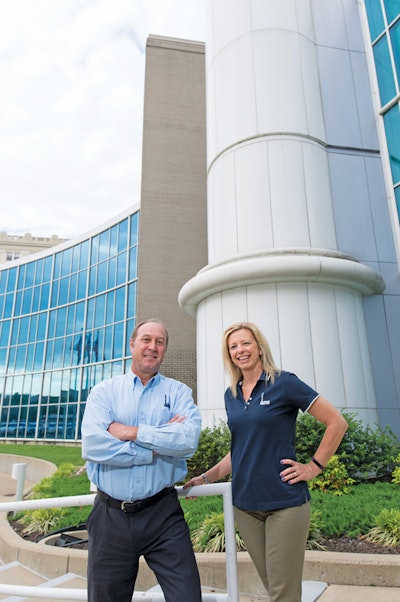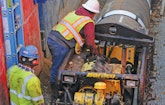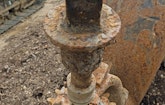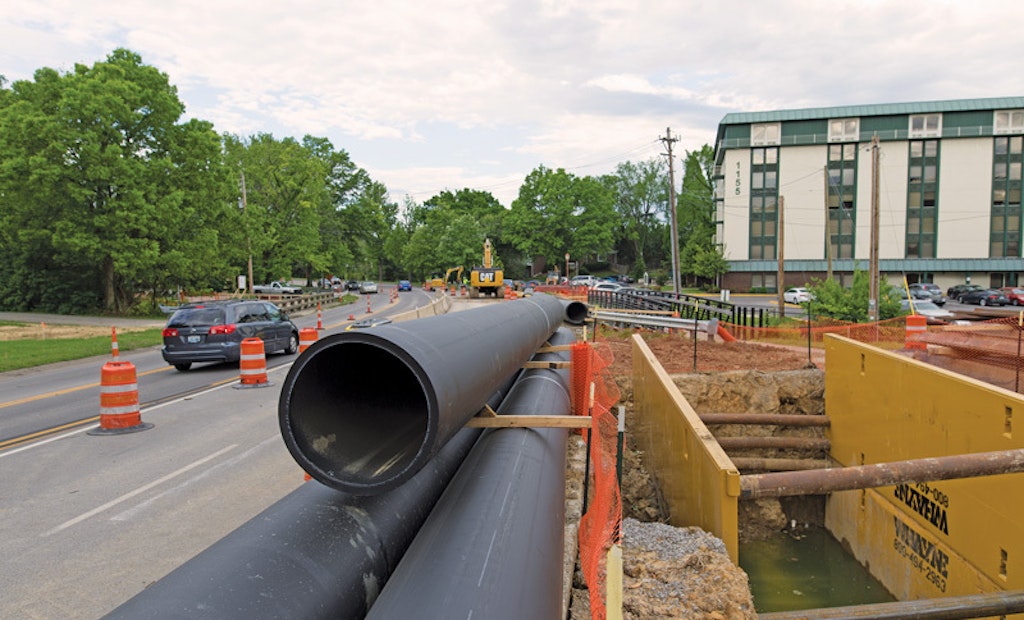Infrastructure replacement projects tend to draw the ire of anyone who is inconvenienced by traffic delays or service interruptions, but Louisville Water has found a way around that.
The Louisville Water Company is replacing 6.4 miles of old cast iron water main in the midst of...
Sliplining Gives Louisville Water a Solution
Louisville Water is conducting the largest main replacement program in its history, with minimal impact on local residents.
Popular Stories
Discussion
Comments on this site are submitted by users and are not endorsed by nor do they reflect the views or opinions of COLE Publishing, Inc. Comments are moderated before being posted.










